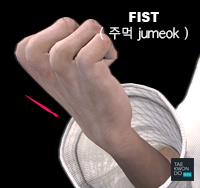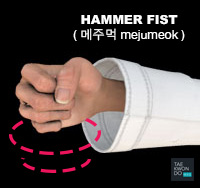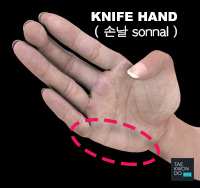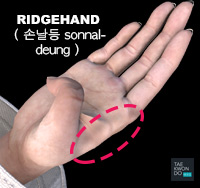Taekwondo 태권도Taekwondo Preschool
Taekwondo is known for its emphasis on high kicking and fast hand techniques, which distinguishes it from other popular martial arts and combat sports such as karate. However, the World Taekwondo (WT) believes that because the leg is the longest and strongest limb a martial artist has, kicks thus have the greatest potential to execute powerful strikes without successful retaliation.
View Taekwondo 태권도 »

Leadership Skills Development
Leadership development refers to any activity that enhances the quality of leadership within an individual. Traditionally, leadership development has focused on developing the leadership abilities and attitudes of individuals.

Different personal traits and characteristics can help or hinder a person's leadership effectiveness and require formalized programs for developing leadership competencies.
Classroom-style training and associated reading is effective in helping leaders to know more about what is involved in leading well. However, knowing what to do and doing what you know are two very different outcomes; management expert Henry Mintzberg is one person to highlight this dilemma. It is estimated that as little as 15% of learning from traditional classroom style training results in sustained behavioral change within the workplace.
The success of leadership development efforts has been linked to three variables:
- Individual learner characteristics
- The quality and nature of the leadership development program
- Genuine support for behavioral change from the leader's supervisors
Military officer training academies, such as the Royal Military Academy Sandhurst, go to great lengths to only accept candidates who show the highest potential to lead well. Personal characteristics that are associated with successful leadership development include leader motivation to learn, a high achievement drive and personality traits such as openness to experience, an internal focus of control, and self-monitoring.
Development is also more likely to occur when the design of the development program:
- Integrates a range of developmental experiences over a set period of time (e.g. 6–12 months). These experiences may include 360 degree feedback, experiential classroom style programs, business school style coursework, executive coaching, reflective journaling, mentoring and more.
- Involves goal setting, following an assessment of key developmental needs and then evaluate the achievement of goals after a given time period.
A good personal leadership development program should enable you to develop a plan that helps you gain essential leadership skills required for roles across a wide spectrum from a youth environment to the workplace.
Useful Articles
- Improving Performance - In addition to instruction and training of psychological skills for performance improvement, applied sport psychology may include work with athletes, coaches, and parents regarding injury, rehabilitation, communication, team building, and career transitions.
- Mental Toughness - Collection of attributes that allow a person to persevere through difficult circumstances (such as difficult training or difficult competitive situations in games) and emerge without losing confidence. The term is commonly used by coaches, sport psychologists, sport commentators, and business leaders.
- Leadership Development - Refers to any activity that enhances the quality of leadership within an individual. Traditionally, leadership development has focused on developing the leadership abilities and attitudes of individuals.
- Practice (Learning Method) - Practice is the act of rehearsing a behavior over and over, or engaging in an activity again and again, for the purpose of improving or mastering it, as in the phrase 'practice makes perfect'.
- Overtraining - Can be described as a point where a person may have a decrease in performance and plateauing as a result from failure to consistently perform at a certain level or training load exceeds their recovery capacity. Overtraining is also known as chronic fatigue, burnout and overstress in athletes.
- Acquisition of Skill - The acquisition of skill requires practice. Merely repeating a task alone, however, does not ensure the acquisition of a skill. Skill acquisition is achieved when an observed behaviour has changed due to experience or practice. This is known as learning and is not directly observable.
There are five tenets defined in the International Taekwondo Federation (ITF) and several more in World Taekwondo (WT).
Integrity ( 염치 yeom-chi ): "Although it may be similar, this form of integrity takes on a more wider role then defined in the common dictionary. In taekwondo, integrity means not only to determine what is right or wrong but also having the conscience to feel guilt if one has done wrong and to have the integrity stand up for what is right." View Taekwondo Tenets »
RESOURCES
This article uses material from the Wikipedia article "Leadership Development", which is released under the Creative Commons Attribution-Share-Alike License 3.0.



























